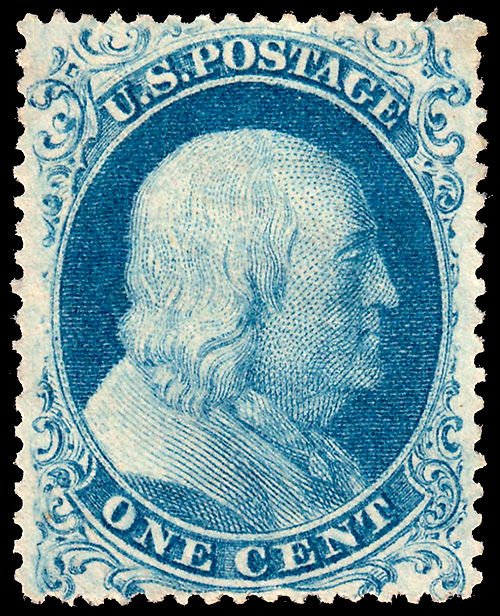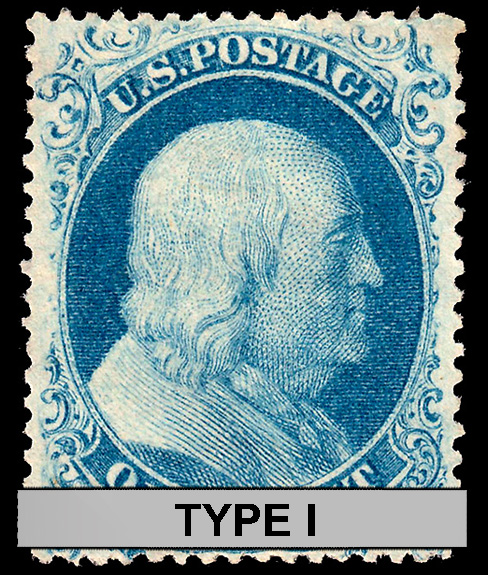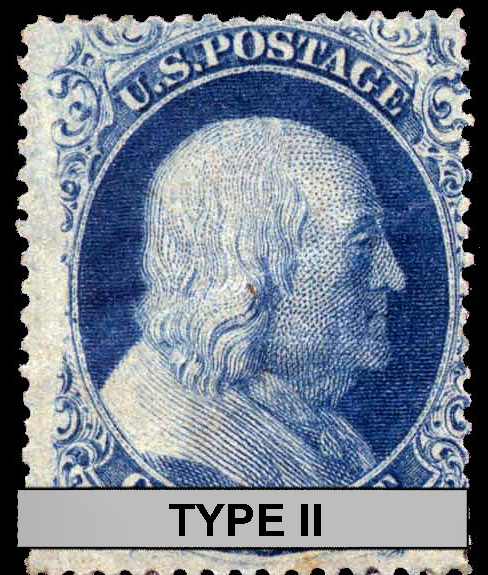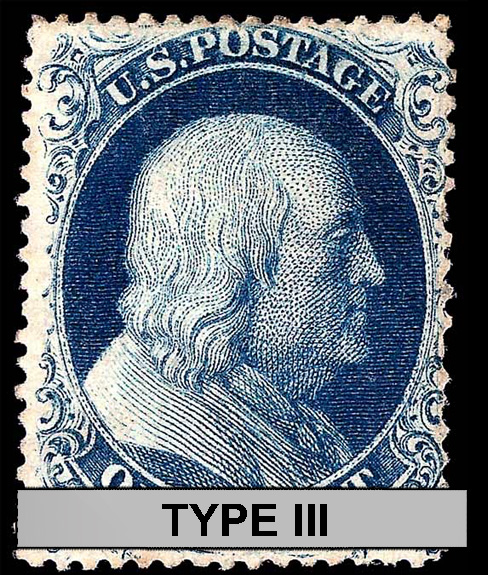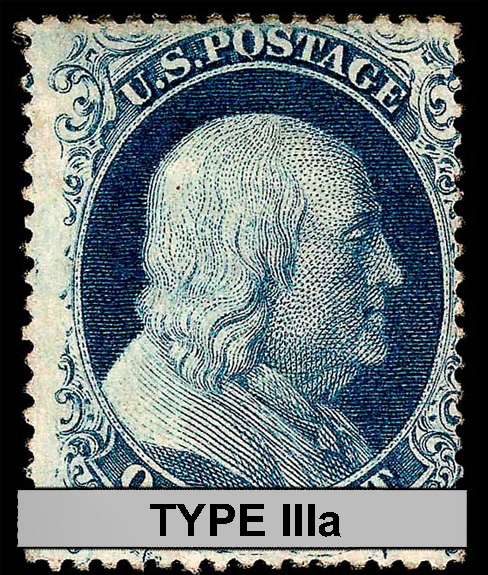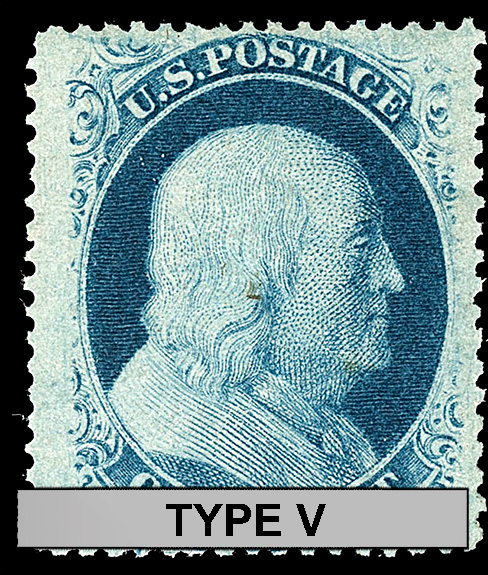Basic Info
1¢
Blue, pale blue, dark blue
Printing Method: Die-to-relief-to-plate transfer process
Plate: 12
Printer: Toppan, Carpenter & Co.
(whilst part of the American Bank Note Company)
Subject: Benjamin Franklin
Number issued: 350,000
Perforations: 15 to 15½
Watermark: Unwatermarked
Scott #: 18
Earliest date of use January 25th, 1861
Value
Used
$100 - $200
No postmark with gum (MH)
$550 - $850
Full perfect gum, no postmark
no trace of stamp hinge mark (MNH)
$2,000 - $4,250
Inspiration for the Design

The vignette was based on Giuseppe Ceracchi's 1791 bust of Benjamin Franklin
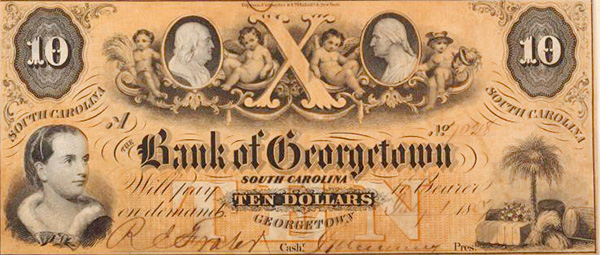
A contemporary banknote printed by Toppan, Carpenter with the same vignette as #18
Plate 12 Imprint

Plate 12 imprint, plate 11 is similar
Along the side margin of the sheet can be found the Printers imprint along with the plate number.
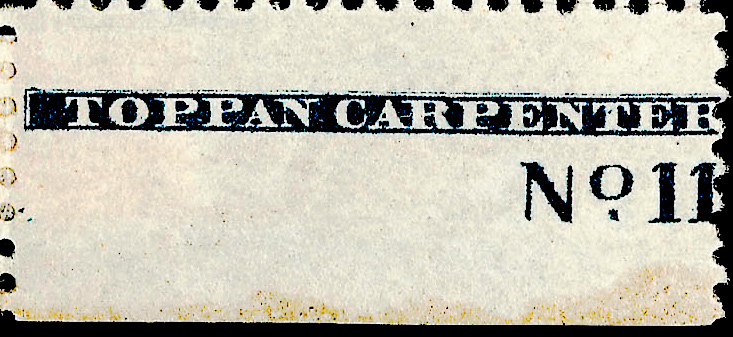
Toppan Carpenter, the printer, changed the design of the imprint (shown above) to a negative imprint in late 1860. It can be found on plates 11 and 12. #18 will not be found with an imprint due to its position on the plate.
A full pane
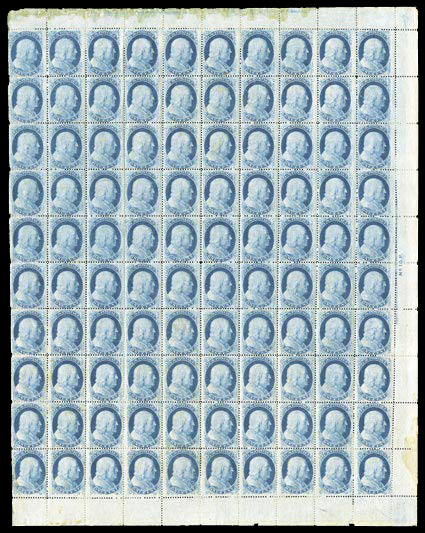
A full pane of 100 of the perforated 1857 1¢ Franklin, there are two panes to a sheet of 200
Identifying #18
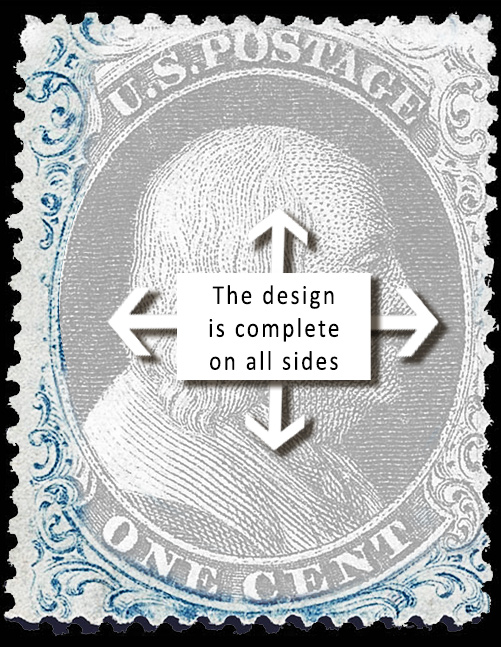
#18 is a Type I design. The design of a Type I is complete, meaning that the ornaments at the top and bottom of the frame have not been trimmed by the engravers at the time. All other types of the Franklin 1¢ have a portion of the design trimmed away.
Only one plate produced the perforated Type I stamp, that being plate 12.
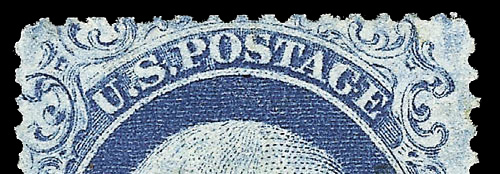
Probably because the steel plate was not true, t#18 tends to suffer from over inking. One can see this at the top left corners on the image above, where the blue ink has mottled the white background.
The first perforated stamps
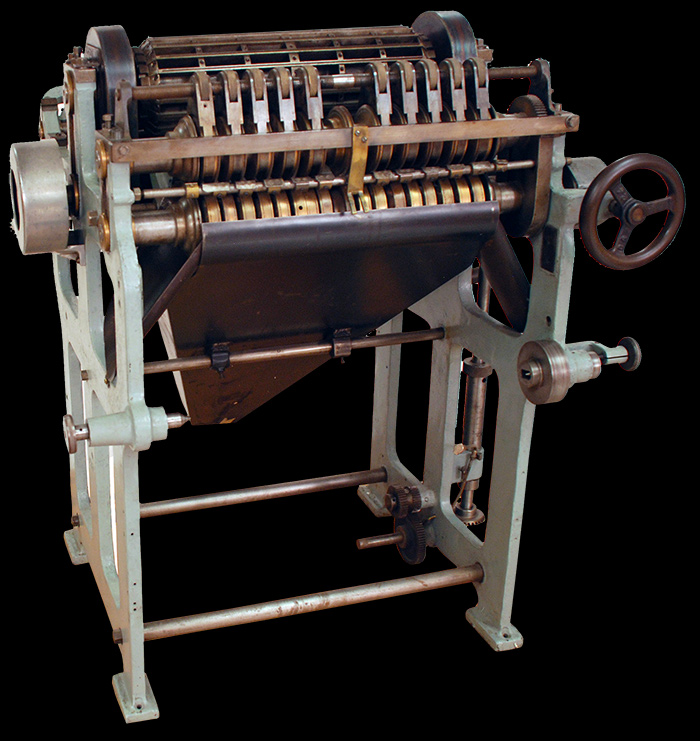
The perforating machine used on the 1857 issue
The idea behind perforating the stamps was to make the stamps easier to separate and apparently to make the stamps adhere better, although I am not sure about the thinking behind that one.
A rouletting machine was purchased from the UK. The only perforating machines were made in the UK and the British Printers, Perkins Bacon, did not want to let one go abroad. A typical British attitude at the time. So the Bureau purchased the rouletting machine. They tried it out and the result was not what they were looking for. To convert the rouletting machine to a perforating machine was as simple as swapping out the rouletting roller with a perforating roller (which had to be designed and produced). Takes less than a minute.
There was one slight problem space allowance to feed the sheets of stamps was kind of narrow. This was solved by squeezing the row of stamps into the narrower space. Something that philatelists who prize four margin stamps will forever regret.
The sheet of stamps was fed in one way to get the vertical perforations, the spacing on the perforator roll was changed and then the sheet was fed through horizontally.
Notable Sales

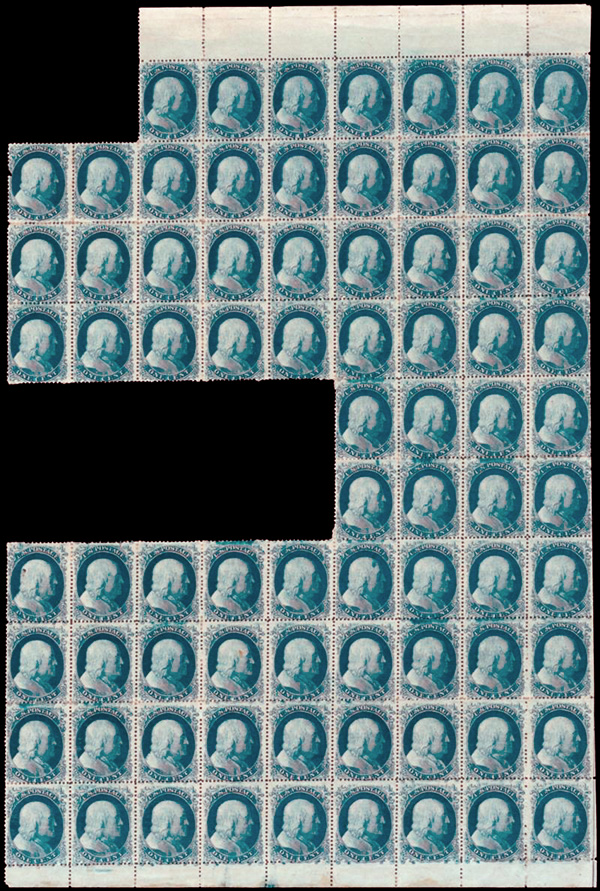
Block of 78 from the left pane of Plate 12 with straddle-pane margin at right, comprising 40 Type I positions and 38 Type II positions (approximately 11 Type II's have a very tiny break in outer line which might qualify as Type IIIa), original gum, ten or so Mint N.H.
Sold November 2013 for $34,220
Explore Robert Siegel's Auction Galleries

Essay's and Proofs

